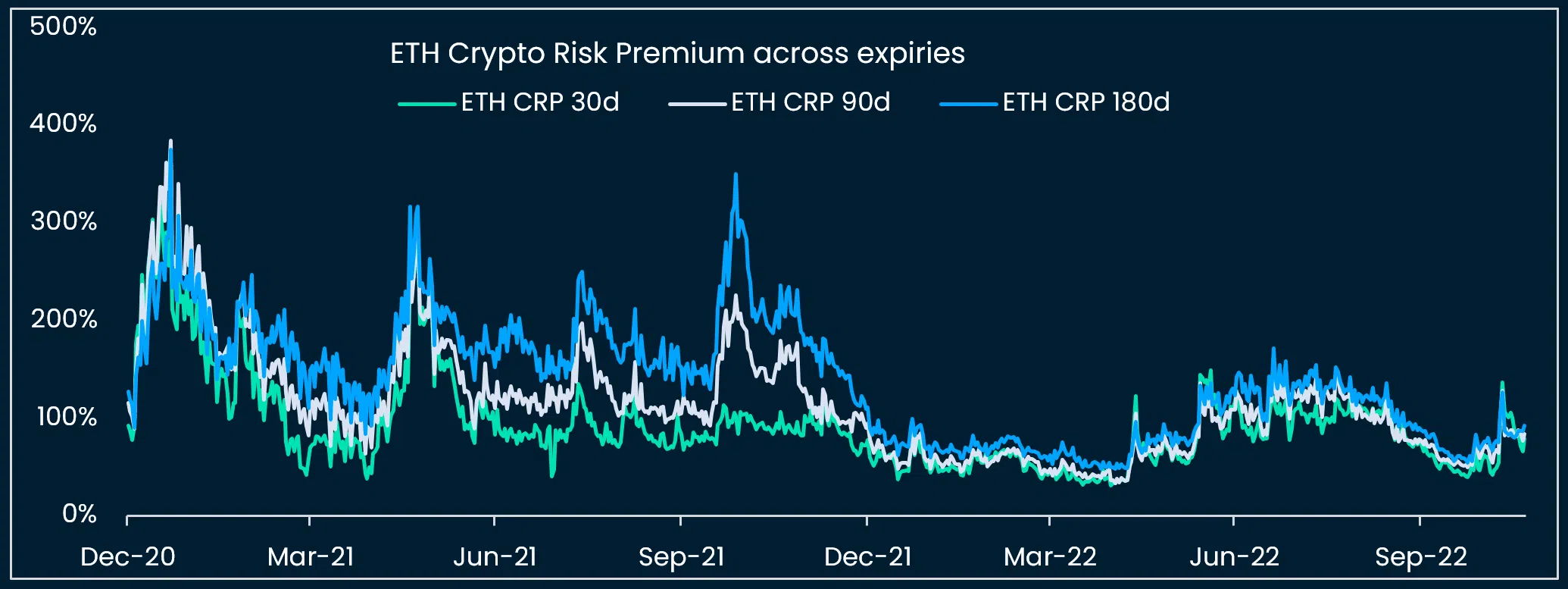When will the crypto winter end? This question plagues everyone who has anything to do with digital assets. After the collapse of Terra, Three Arrows Capital (3AC), and FTX, the whole market went into a prolonged recession, many projects closed, and companies went bankrupt. Everyone is waiting for the bottom because once it is reached, the bull market (growth) will start, and the crypto winter will be over.
Nansen’s research analyzed three key indicators that could signal the end of the crypto winter.
Prediction for USD
The USD is a timely indicator of global financial conditions. Cryptocurrency prices tend to benefit from a weaker USD and struggle when the USD strengthens. It is important to understand the dynamics of U.S. real growth in order to assess future movements in the price of the dollar.
The U.S. dollar began to decline against major DM currencies, especially low-yielding currencies such as the JPY, as well as the Chinese yuan after China exited the “zero-COVID.”
The brand new newsletter with insights, market analysis and daily opportunities.
Let’s grow together!
Most indicators showed that it is probably too early to call for a transition to an easier global financial environment, and thus there is likely no fundamental basis for crypto-assets to bottom out yet.
Call-put spread for crypto investments
As for the derivatives market, analysts have assessed whether crypto option investors are still “capitulating” in this bear market. To do so, they calculate the open interest-weighted implied volatility of call vs. put optionsA call option is a contract between a buyer and seller to buy a specific asset at a specific price before a certain expiration date. The buyer of a call option has the right, not the obligation, to exercise the option and purchase. A put option is a contract that gives its holder the right to sell a number of assets at the strike price before the option expires. The option is exercised when the asset price falls below the strike price. or CPIV (call-put implied volatility) for BTC and ETH.
Also, experts benchmark the best-performing CPIV indicator with the Nansen Smart Money stablecoin risk appetite indicator to find out more about the behavior of derivative investors.
They observe that:
- The CPIV indicator generated more frequent risk-on/risk-off signals than the stablecoin indicator
- Both indicators flagged the multi-month BTC price drawdown that started in November 2021
- The stablecoin indicator returned to risk-on as early as May 2022, while the CPIV indicator was still flashing a tactical “risk-off” as of 20 November 2022.
Derivatives-based valuation of cryptocurrencies
Crypto Risk Premium or CRP — the excess return required for investors to compensate for owning “risky assets” — is related to investors’ perceived fundamental value of those assets.
In calculating the CRP for BTC and ETH, researchers tried to estimate investors’ perceived value of these two assets, such as how much demand there is among the premium investors, how it changed from January 2021 to November 2022, and how it compares to the risk premium demanded by equity investors.
The historical Deribit options data transmitted by Tardis via Nansen-Query was taken, taking into account the intraday buy and sell prices of calls and puts on BTC, ETH, and SOL. A methodology was used to estimate the equity risk premium (ERP) by tying it to a measure of implied volatility, SVIX. Calculating SVIX valuations based on crypto option prices to derive CRP has the same advantages.
The disadvantage is that it implicitly assumes that the implied volatility of one asset class closely resembles the implied volatility of another asset class.
The SVIX/CRP lines tend to surge at select points in time and then regress to more stable levels for longer periods. Two notable CRP surges occurred between January 2021 and May 2021 (the latter coincides with the timeline of China announcing measures to crack down on domestic crypto mining and trading).
Underlying crypto prices tend to decrease when the CRP is low and jumping and tend to increase when the CRP is high and falling.
The S&P 500Stock index, the basket of which includes 505 shares of 500 selected public companies traded on U.S. stock exchanges, which have the largest capitalization. risk premium has been steadily increasing since January 2021. In contrast, BTC’s and ETH’s respective CRPs have become more range-bound in 2022, even though the May 2022 UST collapse and contagion.
How can I make money on this?
The correlation between the cryptocurrency risk premium and the equity risk premium seems to have “normalized” in 2022. What does this mean for cryptocurrency prices going forward?
ERP is relatively high now, which means equity investors are asking for a historically higher premium. But the latest ERP for the S&P 500 pales in comparison to the levels reached during previous market recessionary collapses: ERP exceeded 20% in 2020 and 2008 before reversing sharply.
Experts tend to think that in the event of a U.S. recession and a sell-off in U.S. stocks (this is the main scenario for 2023), ERP and CRP will go higher.
The brand new newsletter with insights, market analysis and daily opportunities.
Let’s grow together!
So, cryptocurrency prices may experience another round of decline in this cycle, and it will possibly be the last.









